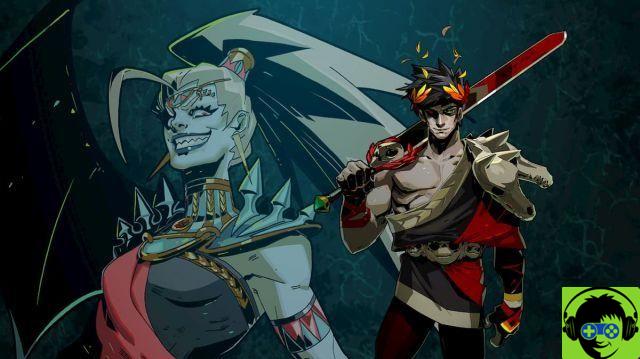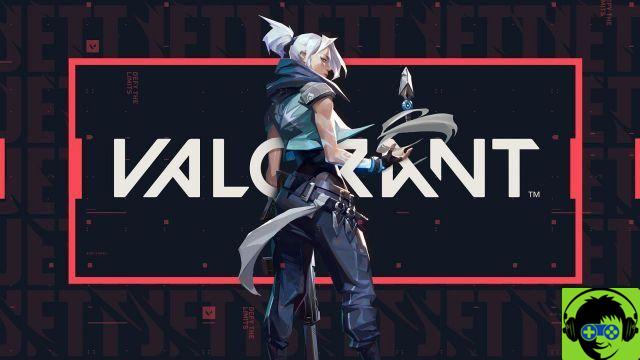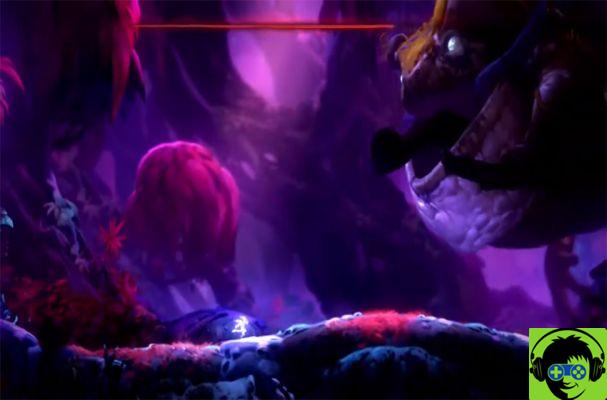
Sword of the Necromancer is a dungeon crawler RPG with roguelike elements, where you can bring fallen enemies back to life to fight alongside you.
Developed by Grimorio of Games and published by two publishers: JanduSoft and Game Seer Ventures, the title was officially released on January 28, 2021 for Nintendo Switch, PlayStation 4, Xbox One, Steam, Xbox Series X / S and PlayStation 5. We care also to thank JanduSoft for providing us with a PlayStation 4 version code.
If you are curious to know what we think of this new roguelike, you just have to read our review.
Death is only the beginning
Tama she is a former thief in charge of escorting the priestess Koko in its pilgrimage for the continent. The game opens with the death of the latter, and with the protagonist intent on dragging the body of the priestess to the Crypt of the Necromancer, where the legends tell a power that can bring the dead back to life is hidden.
Driven by desperation, Tama will descend into the dungeon with the aim of obtaining the forbidden power of necromancy, ignoring the dangers that lurk in the shadows.

The game starts right at the entrance to the dungeon, our goal in fact will be to reach the depths of it. At each floor passed we will live the story of Tama and Koko, from how they met until the death of the young Koko in a style very similar to that of the light novels (illustrations with lots of text).
The love story of the two girls is very nice, providing a pleasant break from the roguelike gameplay inside the dungeon, all accompanied by excellent hand-made illustrations.
Fight, Die, Repeat
Let's go now to talk about the gameplay, the centerpiece of Sword of the Necromancer, which as mentioned above is a roguelike with dungeon crawler elements with procedural level generation.
This then results in randomly generated elements: these range from floors to rooms, as well as the enemies, objects, weapons and relics we find in them. The only thing that doesn't change is the bosses and their rooms, which remain default. Killing enemies will earn you experience points.
What happens once you die in the dungeon? Simple, you return to the entrance of the dungeon where Koko's body resides, and we will have to start again from the first floor, regardless of the floor we had arrived at.
In short, classic mechanics typical of the genre, with the difference that here the game will be more punitive, because not only will we lose all the equipment, but we will also return to level 1.

We won't even have anything like experience points that allow us to increase our lives or acquire new passive skills (recurring mechanics in various titles of the genre such as Dead Cells o Hades).
Maybe a little too cruel and punitive, but luckily here game settings come in handy. In fact, after a couple of deaths we will have the possibility to change some settings before entering the dungeon, such as for example the difficulty of the game and the possibility of maintain the acquired level e the equipment.
Before entering the dungeon we will have the opportunity to keep the equipment in a box so as not to lose it, or to upgrade weapons through a kind of crafting with materials recovered during the exploration.
Finally, let's talk about the most important mechanics of the game: turn enemies into allies. Using the Negromancer's Spada we can bring defeated monsters (except bosses) back to life and have them fight alongside us.
A mechanic that we found very nice and fun to use, with the monsters that will stay with us until their demise. They will be summoned to our liking, they will receive exp and level up by gaining new skills.
The monsters we recruit will have random abilities, so in some cases it might be wise to replace the monster we have, even if it is of the same type.
As already mentioned, being able to recruit defeated monsters from time to time is an interesting mechanic, which, however, is not enough to make the title sufficiently original. The general fluidity in the played phases seemed reduced to us, especially if you look at titles like Dead Cells or Hades.

From a purely technical point of view, the title sports a rather basic pixel art in the sections dedicated to gameplay, without particular creative flashes. Different speech instead as regards the illustrations used to carry on the narration, which enjoy valuable workmanship.
In conclusion
All in all Sword of the Necromancer is a fun game that can please different types of players thanks to the variety of difficulty settings.
Certainly this title does not represent the greatest exponent of the roguelike genre. If you want something more, we advise you to look elsewhere, but if you are willing to compromise then you will find an all in all fun title on which to spend several hours.



























